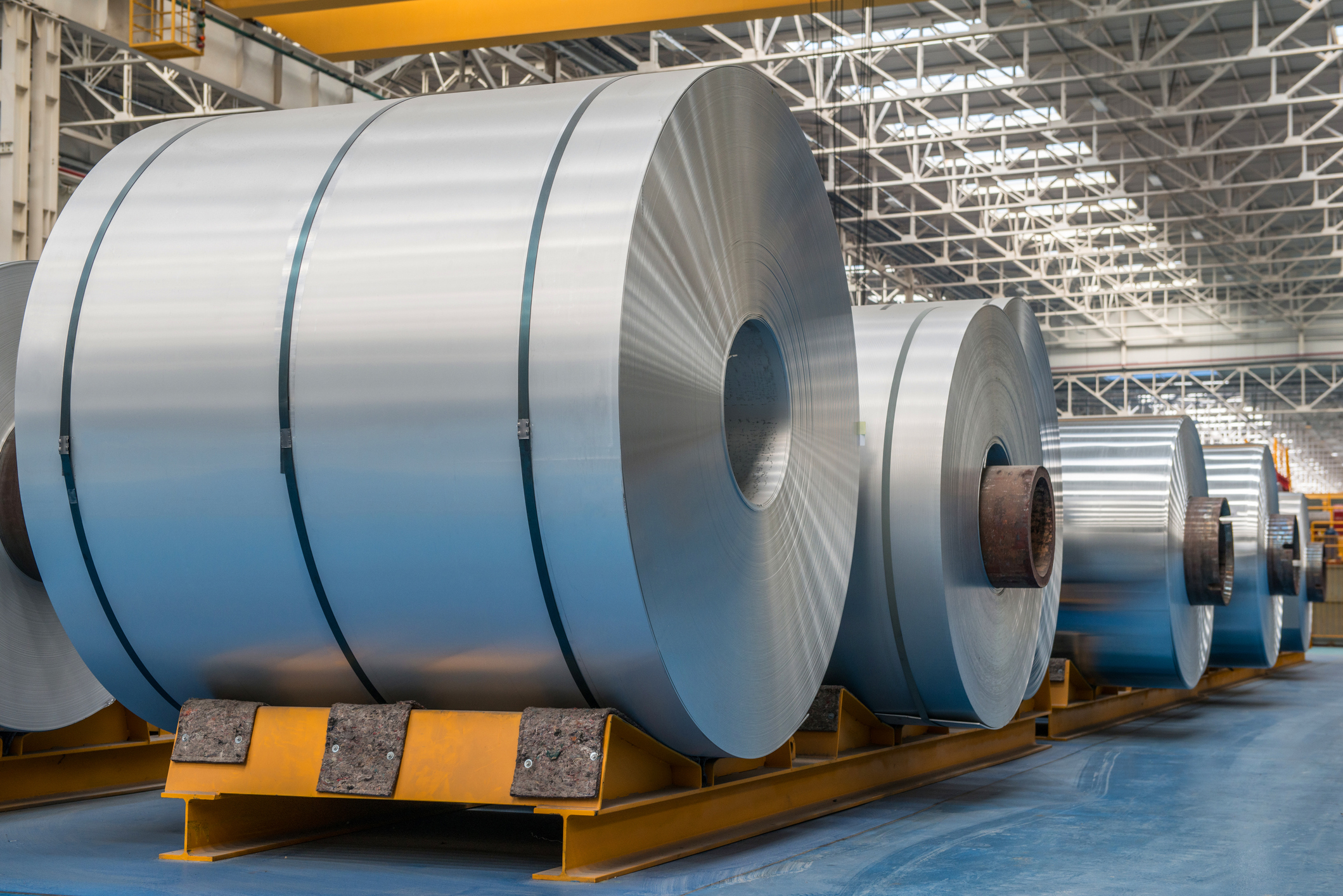AISI: U.S. Steel Imports Dip Slightly in July

According to preliminary data released by the American Iron and Steel Institute (AISI) and sourced from the U.S. Commerce Department’s Steel Import Monitoring and Analysis (SIMA) system, total U.S. steel import permit applications declined modestly in July 2025 to 2.16 million net tons (NT), down 3.9% from June’s preliminary figures. Finished steel import permits totaled 1.62 million NT, representing a 2.6% month-over-month decrease.
Year-to-date, total steel imports through July (including July permits and finalized June data) reached 16.79 million NT—down 5.5% compared to the same period in 2024. Finished steel imports over the same period declined 9.4% to 12.43 million NT.
AISI estimates that finished steel accounted for approximately 18% of the U.S. market in July, bringing the year-to-date market share to an estimated 20%.
Despite the overall decline in volume, several finished steel products saw notable increases in July import activity. Compared to June’s final totals, imports of sheets and strip—all other metallic coated—rose sharply by 87%, followed by cut length plates (up 59%), heavy structural shapes (up 27%), tin plate (up 23%), and mechanical tubing (up 20%).
On a year-to-date basis, several categories recorded strong growth. Tin plate imports jumped 58% compared to the same period last year, followed by stainless pipe and tube (up 56%), line pipe (up 28%), wire rods (up 20%), and oil country tubular goods (up 18%).
In terms of origin, Brazil remained the largest source of U.S. steel imports in July, shipping 308,000 NT despite a 27% decline from June. South Korea followed with 286,000 NT—an increase of 58%—while Canada supplied 277,000 NT (down 20%), Mexico 247,000 NT (up 39%), and Taiwan 139,000 NT (up 17%).
Over the first seven months of 2025, Canada continued to lead all sources with 3.08 million NT, although that figure marked a 23% year-on-year decrease. Brazil followed closely with 2.89 million NT (down 1%), while Mexico provided 2.02 million NT (down 5%).
The latest data indicate that while overall U.S. steel imports remain below 2024 levels, dynamic shifts in product mix and regional sourcing continue to shape the import landscape in the second half of 2025.
Source: AISI






